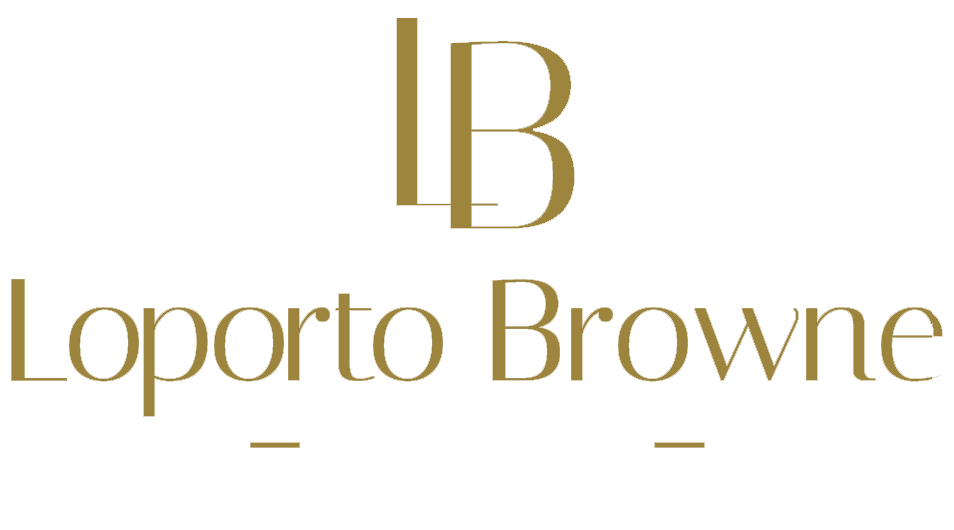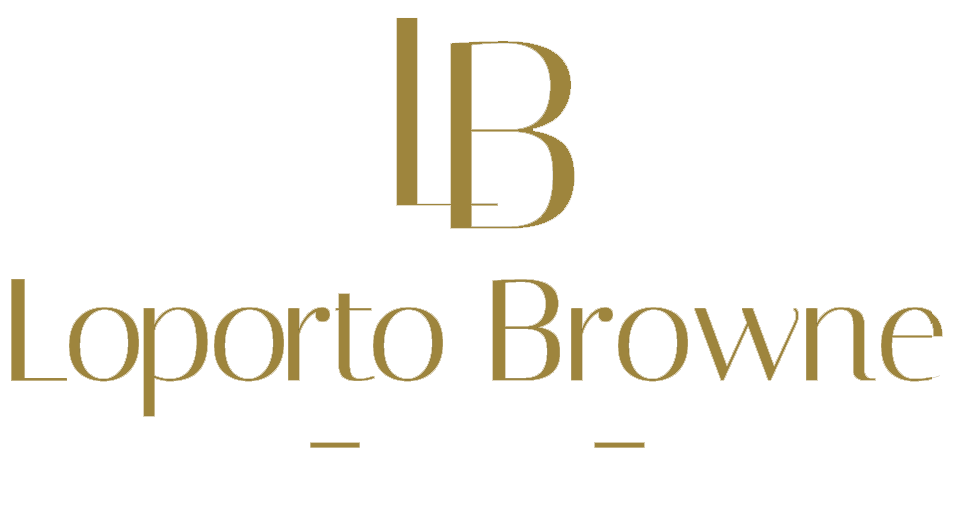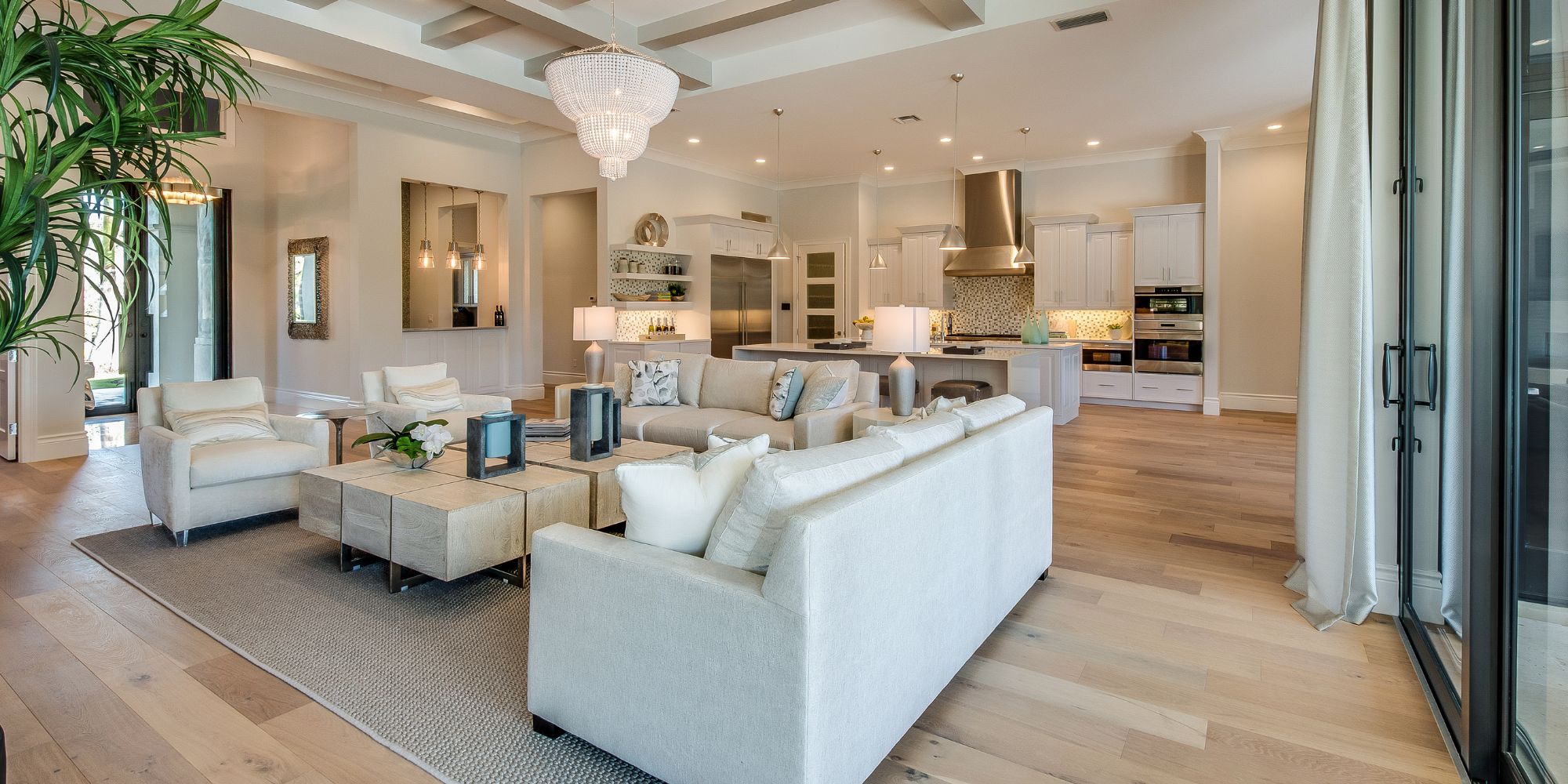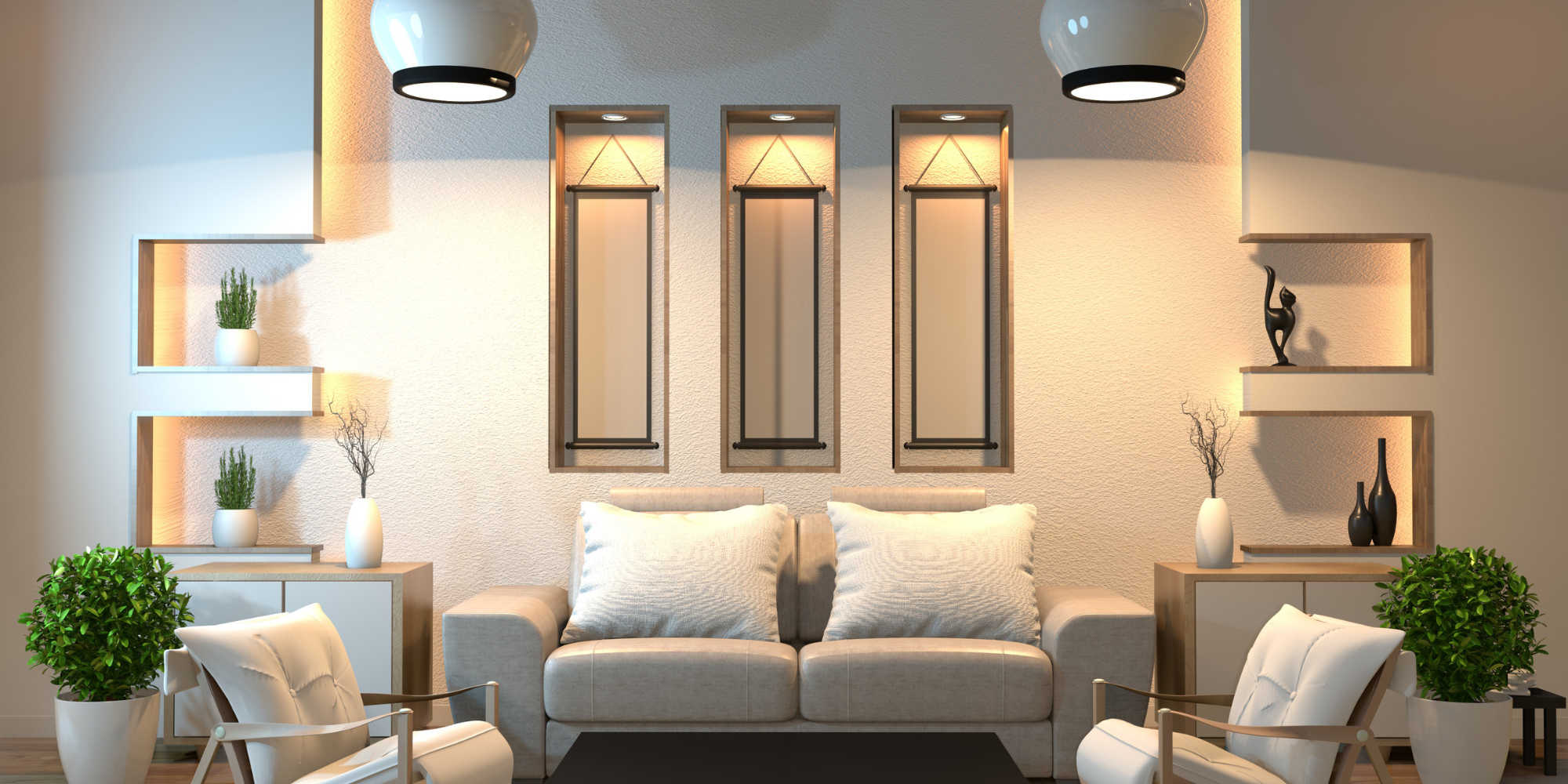Open houses have long been a popular strategy for showcasing properties to potential buyers and creating a sense of urgency in the property market. Whether you are a homeowner or looking to sell for the first time, understanding the key elements of a successful open house can significantly attract interested buyers and ultimately close the deal.
What Is an Open House?
An open house is an event where a property is showcased to potential buyers, allowing them to explore and evaluate the features and amenities of the listed property.
It allows potential buyers to experience the property firsthand, gaining a sense of its layout, size, and overall ‘feel.’ Open houses facilitate a personal connection between the potential buyers and the property, fostering an environment conducive to envisioning themselves living in the space.
For sellers, open houses present a valuable occasion to generate interest, showcase the property’s highlights, and field inquiries from interested parties.
Why Have an Open House?
Hosting an open house is a strategic marketing approach for selling a property. It aims to attract visitors and potential buyers by presenting the listed home as engaging and immersive.
Open houses can generate a sense of urgency and competition among buyers, creating a buzz around the property and potentially driving up its value. By showcasing the property in a favourable light, open houses play a pivotal role in maximising its appeal and increasing the likelihood of a successful sale.
Attracting Potential Buyers
An open house is a successful strategy for attracting potential buyers by promoting the property through various marketing and promotional efforts to maximise its visibility and appeal.
This approach often involves engaging visuals and compelling descriptions in online listings and social media posts to generate interest and entice potential buyers. Utilising targeted advertisements and email campaigns can effectively reach a broader audience.
During the open house, creating an inviting atmosphere with attractive signage, refreshments, and informative materials can enhance the overall experience for potential buyers, making them more likely to form a positive impression and consider the property.
Formulate a Feeling of Urgency
Highlighting the exclusivity of the event and showcasing the property’s unique features can motivate potential buyers to act. Implementing limited-time offers or exclusive previews can further enhance the sense of urgency.
Communicating the significance of quickly securing a desirable property can motivate potential buyers to make decisions during the open house. Utilising effective marketing strategies to create anticipation and excitement for the event can amplify the sense of urgency and drive attendance.
Gather Feedback
An open house allows for the gathering of valuable feedback from visitors, enabling successful follow-up communication to address enquiries and refine the property’s presentation based on visitor insights.
This open and interactive setting provides a unique opportunity for potential buyers to express their thoughts and preferences about the property. By actively listening to their feedback and suggestions, you can gain significant insights into the features that resonate with potential buyers and areas that may need improvement. Incorporating these insights into the follow-up process demonstrates attentiveness to visitors and enhances the property’s appeal, ultimately leading to a more successful sales outcome.
How to Prepare for an Open House?
Preparing for an open house involves strategic staging, comprehensive advertising – both online and offline, and meticulous attention to detail to ensure the property is presented in its best light to potential buyers.
This includes decluttering and depersonalising the space, arranging furniture to create a welcoming atmosphere, and adding appealing accents such as fresh flowers or artwork.
In terms of advertising, utilising social media platforms, creating eye-catching flyers, and working with local estate agents are essential. Integrating the keyword preparation and staging can help in attracting the right audience and conveying the value of the property effectively.
Clean and Tidy up the House
A crucial step in preparing for an open house is to thoroughly clean and declutter the property, ensuring a pristine presentation that aligns with the listing’s attributes and potential buyer expectations.
This attention to cleanliness and order not only enhances the visual appeal of the property but also creates a welcoming atmosphere for prospective buyers. A clean environment allows potential buyers to envision themselves living in the space, making it easier for them to connect with the property on an emotional level.
A decluttered setting allows the unique features of the property to shine through, further elevating its overall presentation and increasing its desirability for potential buyers.
Make Necessary Repairs
Addressing necessary repairs and maintenance tasks is essential to enhance the property’s value proposition and create a positive impression during the open house event, demonstrating the property’s well-maintained status to potential buyers.
This attention to detail adds to the overall appeal of the property, positioning it as a valuable investment for potential buyers. By rectifying any issues before the open house, the property showcases its quality and upkeep, which can lead to a quicker sale and potentially higher offers. Investing in these repairs can minimise the chances of negotiations based on repair requests from potential buyers, streamlining the selling process and solidifying the property’s value proposition.
Stage the House
Staging the house involves creating an inviting and visually appealing presentation to showcase its features and advantages, aiming to establish a competitive advantage in the eyes of potential buyers during the open house.
Through strategic placement of furniture, decor, and lighting, the property’s best attributes are highlighted, drawing the attention of visitors. Attention to detail in each room, including decluttering and depersonalising, sets the stage for potential buyers to envision themselves living in the space.
Well-staged homes often garner higher offers and sell faster than their unstaged counterparts, underscoring the significant impact of this process on the overall sales outcome.
Advertise the Open House
Comprehensive advertising of the open house, including offline promotion and effective signage, is essential to maximise visibility and attract potential buyers to the event, ensuring a successful turnout.
It is crucial to leverage traditional advertising methods such as distributing flyers in the neighbourhood, placing eye-catching signs at high-traffic intersections, and utilising local newspapers and magazines to reach a wider audience. Incorporating clear and appealing signage can help potential buyers easily navigate to the property, making their experience more convenient and memorable.
These offline promotion methods complement digital advertising efforts and play a pivotal role in capturing the attention of prospective buyers who might not be actively searching online for properties in the area.
What Should Be Included in an Open House?
An open house should include a comprehensive property tour highlighting its features and amenities, as well as provisions for refreshments to create a welcoming and hospitable environment for potential buyers.
The property tour is essential for showcasing the layout, design, and unique selling points of the home, allowing potential buyers to visualise themselves living there. In addition, providing refreshments such as snacks and beverages adds a touch of hospitality, making visitors feel comfortable and valued during their visit. These components contribute to a positive and memorable experience, increasing the likelihood of attracting serious buyers and creating a welcoming atmosphere that encourages meaningful interactions.
Welcoming Entrance
Creating a welcoming entrance sets the tone for potential buyers, conveying a sense of hospitality and warmth as they begin their exploration of the listed property during the open house event.
The entrance of a home is the first impression that potential buyers will have, and it can significantly influence their overall perception of the property. A warm and inviting entrance not only makes visitors feel welcome but also creates a positive atmosphere, setting the stage for a pleasant and memorable experience.
When potential buyers feel comfortable and at ease from the moment they step through the door, they are more likely to view the entire property with a favourable mindset, increasing the potential for a successful sale.
Highlighted Features of the House
Highlighting the distinctive features and value proposition of the house during the open house event is crucial to capturing the attention and interest of potential buyers, showcasing the property’s unique advantages.
One effective way to emphasise the features is by creating visually appealing displays in each room, drawing attention to architectural details, modern amenities, and any recent renovations.
Providing informative brochures or digital presentations can help in highlighting the value propositions, such as the property’s proximity to schools, parks, and other conveniences.
Engaging with potential buyers to discuss the property’s unique selling points and addressing their specific needs in real time further enhances the overall experience and leaves a lasting impression.
Information Packets for Potential Buyers
Providing comprehensive information packs to potential buyers fosters engagement and informed decision-making, equipping them with valuable insights about the property during the open house visit.
These packs can include details about the property’s features, nearby amenities, neighbourhood information, and any recent upgrades or renovations. By offering this level of insight, potential buyers are empowered to ask informed questions, leading to more meaningful interactions and a greater likelihood of forming a genuine connection with the property.
It showcases the seller’s commitment to transparency and aids in solidifying the trust of potential buyers, ultimately contributing to a smoother and more informed decision-making process.
Refreshments
Offering refreshments during an open house adds a touch of hospitality and creates a welcoming atmosphere for visitors, enhancing their overall experience as they explore the listed property.
It allows visitors to feel comfortable and relaxed, encouraging them to stay longer and engage in meaningful conversations with the host or estate agent. Whether it’s a simple spread of coffee and pastries or a more elaborate setup with finger foods and beverages, the provision of refreshments shows thoughtfulness and care towards the guests.
It can also serve as an icebreaker, opening avenues for rapport-building and creating a positive impression of the property and its hosts.
How to Make the Most Out of an Open House?
Maximising the effectiveness of an open house entails active engagement with potential buyers, diligent collection of contact information, and proactive follow-up to nurture leads and facilitate successful property transactions.
Creating an inviting atmosphere with personalised touches, such as fresh flowers and refreshments, can make potential buyers feel welcome and encourage longer visits. Utilise interactive digital tools and informative brochures to showcase key features and benefits of the property.
During the event, strategically position yourself to start conversations, answer questions, and gather valuable insights on the preferences and needs of attendees. Implement a streamlined process for collecting visitor details, ensuring accuracy for effective follow-up.
Following the open house, promptly reach out to attendees, reinforcing positive impressions and offering further assistance in their property search journey.
Interact with potential buyers
Engaging with potential buyers during an open house involves effective presentation skills and proactive communication to establish rapport, build trust, and create meaningful conversations to address their property-related needs and preferences.
This can be achieved by creating an inviting atmosphere through meticulous staging and decor, actively listening to the visitors’ feedback, and offering personalised property tours. Using non-verbal communication, such as body language and eye contact, can convey warmth and attentiveness. Integrating interactive technology, such as virtual tours or interactive displays, can also enhance the overall experience and encourage meaningful engagement.
These strategies aim to create a welcoming environment where potential buyers feel comfortable expressing their thoughts and envisioning themselves in the property.
Gather Contact Information
Diligently collecting contact information from attendees at the open house is crucial for generating leads and nurturing prospects, enabling proactive follow-up and continued engagement to facilitate successful property transactions.
By capturing the contact details of potential buyers and sellers during the open house, your estate agent can build a strong database of leads. This information becomes the foundation for ongoing communication and relationship-building, allowing agents to tailor their approach based on the specific needs and preferences of the prospects.
This personalised interaction not only strengthens the connection but also increases the likelihood of converting prospects into loyal clients, driving future transactions and business growth.
Follow Up with Interested Buyers
Proactively following up with interested buyers post-open house fosters networking opportunities, enables negotiation discussions, and reinforces engagement, paving the way for successful property transactions.
Following up with potential buyers also demonstrates your dedication to meeting their needs. This interaction is an opportunity to address any concerns, clarify offer details, and build rapport. It allows you to gather valuable feedback, understand the buyer’s preferences, and tailor your future interactions accordingly.
By staying connected, you can strengthen your network, uncover potential partnerships, and expand your client base. Consistent follow-up showcases your commitment and responsiveness, setting the groundwork for successful transactions.
Frequently Asked Questions
1. What are some effective open house strategies to attract potential buyers?
Some effective open house strategies include advertising on various platforms, hosting an exclusive preview for interested buyers, staging the home to make it more appealing, and providing refreshments or snacks to create a welcoming atmosphere.
2. How can I use social media to promote my open house?
Social media is a powerful tool for promoting your open house. You can create an event page and invite your network, use targeted ads to reach potential buyers, and post photos and videos of the property to generate interest.
3. Is it necessary to hire a professional stager for my open house?
While it is not necessary, hiring a professional stager can greatly improve the appearance of your home and make it more attractive to potential buyers. They have the expertise and resources to properly showcase your home’s best features and create a welcoming atmosphere.
4. How can I make my open house stand out from others in the area?
To make your open house stand out, you can offer unique incentives such as a free home warranty, a gift card to a local restaurant, or a discount on closing costs. You can also host themed open houses, such as a garden party or wine and cheese tasting, to make it more memorable for potential buyers.
5. When is the best time to host an open house?
The best time to host an open house is typically on weekends, as most potential buyers are off from work and have more free time to attend. Saturday or Sunday afternoons are usually the most popular times for open houses.
6. How important is it to follow up with potential buyers after an open house?
Following up with potential buyers after an open house is crucial. This allows you to answer any additional questions they may have and gauge their level of interest in the property. It also gives you the opportunity to gather feedback and make any necessary adjustments for future open houses.





